#shimizu kiyoshi
Explore tagged Tumblr posts
Text



100 notes
·
View notes
Text

#Kiyoshi Shimizu#清水清#夏コミケ94#yuri#ダーティペア#dirty pair#art#design#character art#character design#anime#style#@kiyoshi249
112 notes
·
View notes
Text

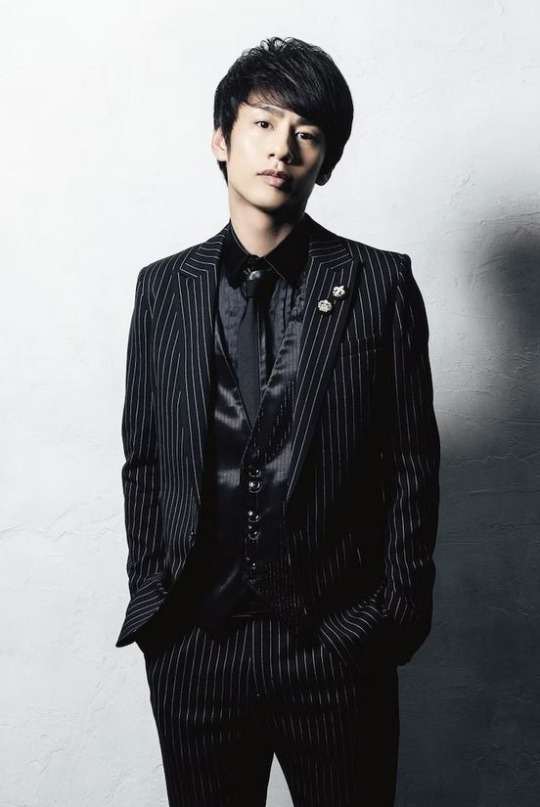
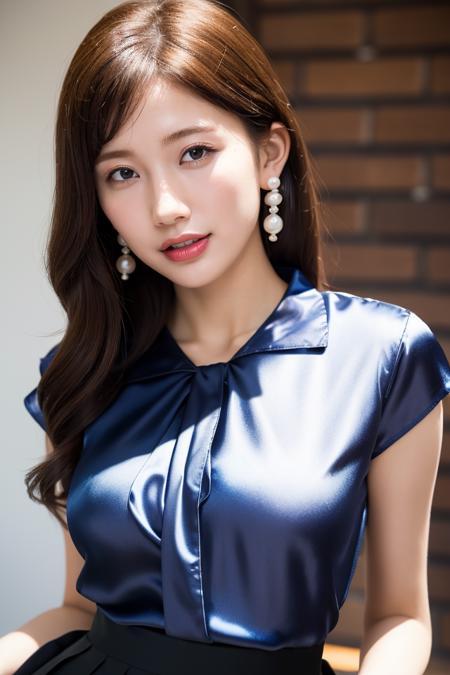
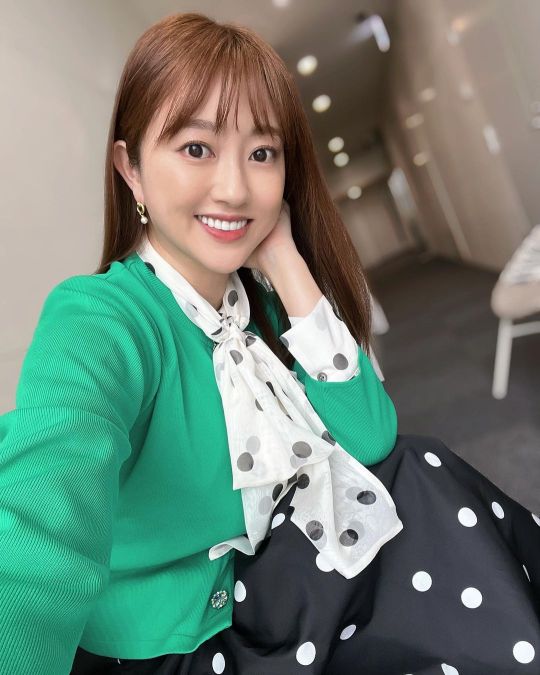
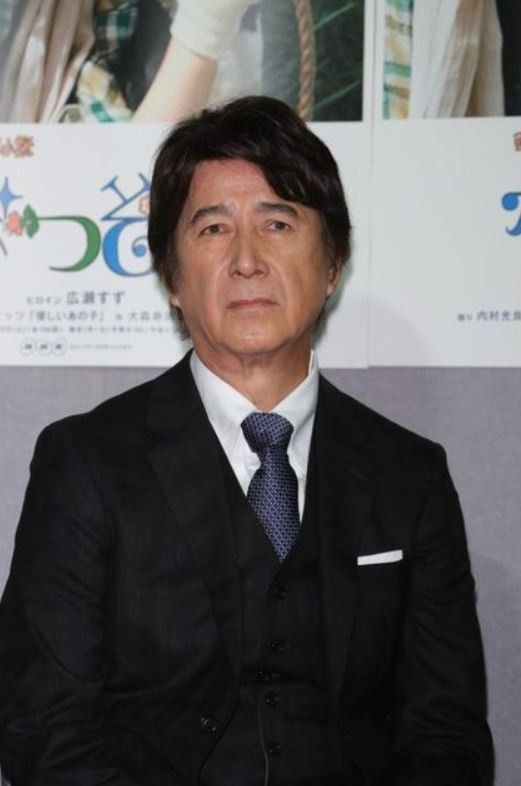



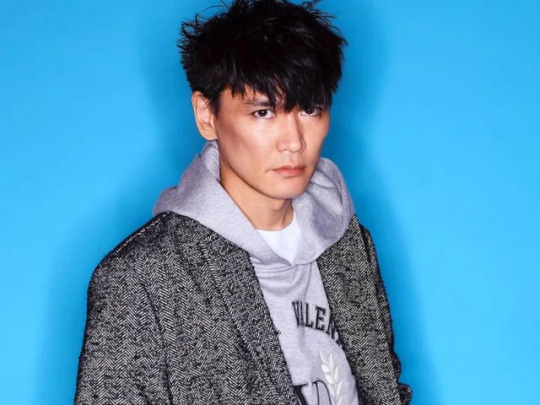
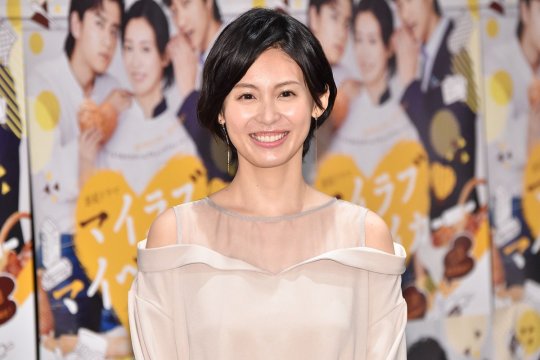
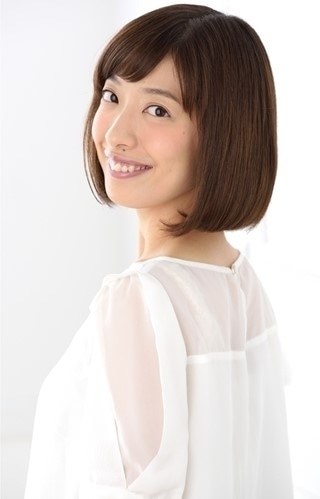
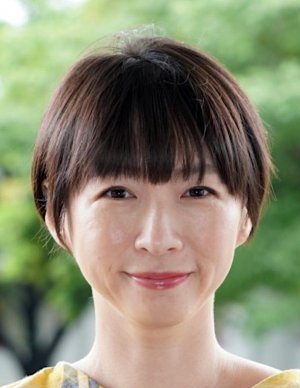



W tygodniu od 4 do 10 września obchodzone są urodziny:
4 września:
Była członka "Keyakizaka46" Nagahama Neru kończy 25 lat.
Kohama Ryota, basista zespołu rockowego "ONE OK ROCK", kończy 34 lata.
Członek "KAT-TUN" i aktor Nakamaru Yuichi kończy 40 lat.
5 września:
Aktorka Ogura Yuka kończy 25 lat.
Tarento Kikuchi Ami kończy 33 lata.
Aktor Kusakari Masao kończy 71 lat.
6 września:
Piosenkarz Enki Kiyoshi Hikawa kończy 46 lat.
7 września:
Aktor Yamazaki Kento kończy 29 lat.
8 września:
Komik Matsumoto Hitoshi ("DOWNTOWN" manzai) kończy 60 lat.
Wokalista "Sakanaction" Yamaguchi Ichiro kończy 43 lata.
Aktorka Motokariya Yuika kończy 36 lat.
9 września:
Aktorka Shimizu Risa kończy 35 lat.
Aktorka Sakai Wakana kończy 43 lata.
Piosenkarka Otsuka Ai kończy 41 lat.
10 września:
Aktor Matsuda Shota kończy 38 lat.
Aktorka Saito Yuki kończy 57 lat.
#Nagahima Neru#Keyakizaka46#Kohama Ryota#ONE OK ROCK#Nakamaru Yuichi#KAT-TUN#Ogura Yuka#Kikuchi Ami#Kusakari Masao#Kiyoshi Hikawa#Kento Yamazaki#Hitoshi Mstsumoto#Manzai DOWNTOWN#Ichiro Yamaguchi#Sakanaction#Yuika Motokariya#Risa Shimizu#Wakana Sakai#Ai Otsuka#Shota Matsuda#Yuki Saito#Japanese celebrities birthdays
6 notes
·
View notes
Text




Emery Ito
Child of the ocean, jealous, child of the islands, neat, romantic, family-oriented.
Athlete.
Emery Ito is the eldest child of Kiyoshi Ito and bears a striking resemblance to his father, not only in appearance but also in his life trajectory. Like his father, Emery showed promise as a young skier athlete. However, he ultimately chose not to pursue a professional athletic career, instead opting to join his father in running the family business as his father did before him with grandfather Naoki Ito. In the end, Emery is quite contempt with that choice. Known as a socialite, your party isn’t a great one if he’s not there.
Concerning his love life, he was known to have multiple flings with various women, but nothing serious. Only the ones closest to him would know he had a crush since his teenage years on the star snowboarder Keiko Nakagawa. However, after one kiss, she deemed him unworthy of her time and he rapidly gained the reputation of a playboy. So what a shock to everyone when Keiko and him officially became a couple. He did not want to lose her again and soon proposed. For the ones not in the intimate circle of their friends, questions arose: how and when did those two become an item? The most shocked one was none other than the secret baby mother of Emery: Moe Shimizu. She recently gave birth to a child, Ren Shimizu. Though it was only meant to be one passionate night, she still felt betrayed upon learning that the famous playboy decided to settle down, so she kept the pregnancy a secret, sure that she could do it on her own. However she soon realized that her child needed to know his father and that she may need the Ito’s money for him. So she went to Emery just mere days before his big day, giving him the shocking news. Upon discovering the truth, Emery felt shaken and asked Moe to keep it a secret as he was to process the news. After a lovely wedding and a honeymoon, Emery also was informed of Keiko’s pregnancy. Which he didn’t take well, creating tensions between the newlyweds. Now nearing the end of Keiko’s pregnancy, he still has not confessed his secret and is too scared of the aftermath of his lengthy decision. But sooner or later, the truth will be out.
My bf said he had the vibes of a rich dude that knows he’s rich and a bit of an a-hole. So I think he’s perfect. His character is actually sweet but he’s a mess. Actually he’s very much giving the same vibes as Arthur. 👀
#ah finally introducing my messy boy! I love all the drama you bring I love you Emery#sapphire plus*#presentations#sapphire intros*
23 notes
·
View notes
Text
LOSE OURSELVES IN A DAYDREAM!



before everything else, while i accept requests, please bear in mind that i might not be able to write and post all of them, at least ON TIME or until inspiration hits. but i will try my very best to accommodate all of them whenever i can.
all characters are aged up to 18+ unless stated otherwise!
genres: fluff, angst, smut
╰┈➤ for smut, there are certain things that i will and will not write:
dos: daddy kink, spit kink, humiliation kink, degradation kink, gun play, knife play, food play, praise kink, age gap (both consenting adults), mutual masturbation, smut with religious imagery, temperature play, sensory deprivation, dubcon, cnc, dacryphilia, + other mild kinks
don'ts: ddlg, piss/scat kink, emetophilia, public sex, threesome/polyamory sex
: ̗̀➛ the don'ts are either just too gross for me or i just don't know how to write them yet.

list of fandoms and characters that i will write for (continuously updated):
BLUE LOCK: itoshi sae, itoshi rin, barou shoei, shidou ryusei, michael kaiser, rensuke kunigami, oliver aiku, nagi sheshiro, mikage reo, hyoma chigiri, isagi yoichi, yukimiya kenyu
JUJUTSU KAISEN: gojo satoru, geto suguru, shoko ieiri, kugisaki nobara, fushiguro megumi, itadori yuuji, nanami kento, fushiguro toji, maki zenin, yuuta okkotsu, takuma ino, higuruma hiromi
HAIKYUU: miya atsumu, oikawa tooru, iwaizumi hajime, miya osamu, suna rintaro, tsukishima kei, bokuto koutaro, ushijima wakatoshi, kuroo tetsuro, kenma kozume, haiba lev, sakusa kiyoomi, akaashi keiji, matsukawa issei, kageyama tobio, aran ojiro, kita shinsuke, kiyoko shimizu
JOJO'S BIZARRE ADVENTURE:
(1) PHANTOM BLOOD: jonathan joestar, dio brando (2) BATTLE TENDENCY: joseph joestar, suzie q, caesar zeppeli (3) STARDUST CRUSADERS: kujo jotaro, kakyoin noriaki, jean-pierre polnareff, mohammad avdol, joseph joestar, dio brando (4) DIAMOND IS UNBREAKABLE: higashikata josuke, okuyasu nijimura, kujo jotaro, kishibe rohan, kira yoshikage, higashikata tomoko (5) GOLDEN WIND: guido mista, giorno giovanna, bruno bucciarati, leone abbachio, narancia ghirga, trish una, fugo pannacotta (6) STONE OCEAN: jolyne cujoh, ermes costello, kujo jotaro, weather report
MY HERO ACADEMIA: bakugo katsuki, midoriya izuku, todoroki shoto, todoroki touya/dabi, aizawa shota, tenya ida, ochaco uraraka, kirishima eijiro, kaminari denki, yaoyorozu momo
KUROKO NO BASKET: aomine daiki, kagami taiga, midorima shintaro, kise ryota, kuroko tetsuya, hyuga junpei, kiyoshi teppei, akashi seijuro, takao kazunari, riko aida, satsuki momoi
OBEY ME! (SHALL WE DATE?): lucifer, mammon, leviathan, asmodeus, satan, beezlebub, belphegor, diavolo, barbatos, solomon
SPY X FAMILY: loid forger, yor forger, yuri briar, fiona frost, franky franklin + ships: damianya, twiyor

have fun requesting!
with love, rica <3

28 notes
·
View notes
Text
thoughts i'm workshopping:
Tartarus: King (like can you see him as anything less)
Typhon: Prince (a very sickly prince)
Echidna: Princess
Nyx: Duchess
Erebus: Duke
Eros, Psyche, Hedone: Duke, Duchess, Lady respectively
Dio and Persephone: Advisors
The Circle: ???? Knights???
Yori, Kakuzo and Kiyoshi, and the Shimizu clan: Mercenaries(???)
9 notes
·
View notes
Text
dvd collection j-z
Jabberwocky dir. Terry Gilliam Jackass the Movie dir. Jeff Tremaine Jackass Number Two dir. Jeff Tremaine Jack Ketchum’s The Girl Next Door dir. Gregory M. Wilson Jenifer dir. Dario Argento Jennifer’s Body dir. Karyn Kusama Joe Dirt dir. Dennie Gordon Joshua dir. Travis Betz Ju-On dir. Takashi Shimizu Ju-On 2 dir. Takashi Shimizu Kids dir. Larry Clark The Killer dir. John Woo Labyrinth dir. Jim Henson Lady Vengeance dir. Park Chan-Wook La La Land dir. Damien Chazelle Lake Mungo dir. Joel Anderson The Last House on the Left dir. Wes Craven Let the Right One In dir. Tomas Alfredson Lost Highway dir. David Lynch Lovely Molly dir. Eduardo Sanchez Machine Girl dir. Noboru Iguchi Magnolia dir. Paul Thomas Anderson Man With a Movie Camera dir. Dziga Vertov Martyrs dir. Pascal Laugier Melancholia dir. Lars Von Trier Metropolis dir. Rintaro Mirrormask dir. Dave McKean Mister Lonely dir. Harmony Korine Muppets From Space dir. Tim Hill The Muppets Take Manhattan dir. Frank Oz Moonrise Kingdom dir. Wes Anderson Nausicaa of the Valley of the Wind dir. Hayao Miyazaki The Neon Demon dir. Nicolas Winding Refn Oddsac dir. Danny Perez Oedipus Rex dir. Pier Paolo Pasolini One Hour Photo dir. Mark Romanek Otis dir. Tony Krantz Pan's Labyrinth dir. Guillermo del Toro Paprika dir. Satoshi Kon Pi dir. Darren Aranofsky The Place Beyond the Pines dir. Derek Cianfrance Pulse dir. Kiyoshi Kurosawa Ran dir. Akira Kurosawa Rec dir. Jaume Balaguero & Paco Plaza Rec 2 dir. Jaume Balaguero & Paco Plaza Rec 3 dir. Paco Plaza Rushmore dir. Wes Anderson Saw dir. James Wan Shin Godzilla dir. Hideaki Anno Silk dir. Chao-Pin Su Slashers dir. Maurice Devereaux Sophie’s Choice dir. Alan J. Pakula Spirited Away dir. Hayao Miyazaki Spun dir. Jonas Akerlund The Straight Movie dir. David Lynch Suicide Club dir. Sion Sono Sunset Boulevard dir. Billy Wilder Suspiria dir. Dario Argento Sympathy for Mr. Vengeance dir. Park Chan-Wook Synecdoche, New York dir. Charlie Kaufman A Tale of Two Sisters dir. Kim Jee-Woon The Texas Chain Saw Massacre dir. Tobe Hooper Threads dir. Mick Jackson Time Bandits dir. Terry Gilliam Timecrimes dir. Nacho Vigalondo Tokyo Gore Police dir. Yoshihiro Nishimura Tourist Trap dir. David Schmoeller The Tree of Life dir. Terrence Malick Umbilical World dir. David Firth Unborn but Forgotten dir. Im Chang-Jae Un Chien Andalou dir. Luis Bunuel & Salvador Dali The Untold Story dir. Herman Yau Urotsukidoji: Legend of the Overfiend dir. Hideki Takayama Versus dir. Ryuhei Kitamura Videodrome dir. David Cronenberg The VVitch dir. Robert Eggers Wassup Rockers dir. Larry Clark Where the Dead Go to Die dir. Jimmy Screamerclauz Whiplash dir. Damien Chazelle The White Ribbon dir. Michael Haneke The Wind Rises dir. Hayao Miyazaki Wolf Children dir. Mamoru Hosoda The Work of Director Chris Cunningham The Wrestler dir. Darren Aranofsky Y Tu Mama Tambien dir. Alfonso Cuaron A Zed and Two Noughts dir. Peter Greenway
3 notes
·
View notes
Quote
Techno horror and ghosts: Kairo, AKA Pulse (2001) just feel like something’s wrong.” The Blair Witch Project (1999) kickstarted the found-footage phenomenon already glimpsed in Cannibal Holocaust (1980). But it was Japanese film-makers who most fruitfully explored the horror of new technology: a cursed video in Ring (1998), mobile phones in One Missed Call (2003), and an internet of ghosts feeding off the alienation of the living in Kiyoshi Kurosawa’s unnerving masterpiece, Kairo. The new wave of horror that followed took its cue from chatrooms, hackers and the dark web. Kurosawa’s slow-burn approach, shared by Hideo Nakata (Dark Water) and Takashi Shimizu (The Grudge), also triggered a global resurgence in ghost stories, shying away from the graphic Sadeian horrors of Saw and harking back to the subtler chills of The Uninvited (1944), The Innocents (1961) and The Haunting (1963).
Vampires, satanists and mad scientists: the evolution of horror in 10 revolutionary films | Horror films | The Guardian
1 note
·
View note
Text
Blog #1
The 1990s and 2000s marked a revolutionary era for Japanese horror, with a surge of innovative and creativity in the film industry. Captivating audiences all over the globe, this period saw the emergence of incredible directors, iconic films, and made a huge impact on the global horror genre as a whole. From psychological thrillers, to slashers, to paranormal, Japanese horror of the 1990s and 2000s was doing it all. Showing off a unique combination of traditional folklore and new wave filmmaking techniques, leaving an indelible mark on the world of cinema.
During this revolutionary era of cinema, we saw the rise of iconic directors who reshaped the landscape of horror filmmaking in Japan. Hideo Nakata, Takashi Shimizu, Kiyoshi Kurosawa, and Takashi Miike emerged as iconic figures, each bringing their own distinct style to the genre. Hideo Nakata's "Ringu" (1998) is widely regarded as the turning point moment in Japanese horror, telling the story of a cursed videotape that brings death to anyone who watches it. Nakata's film sparked a global fascination with Japanese horror, inspiring many films to come including the American remake “The Ring” (2002). Similarly, Takashi Shimizu's "Ju-on" franchise (2000) captivated audiences with its haunting portrayal of a vengeful ghost and her cursed house. Shimizu's narrative structure and eerie visuals created an atmosphere of dread that resonated with audiences worldwide, spawning numerous sequels and American adaptations. Kiyoshi Kurosawa cultivated an atmospheric and introspective approach to horror, and explored themes of existential dread and societal alienation in films like "Cure" (1997) and "Pulse" (2001). Kurosawa's haunting imagery and philosophical undertones set him apart as one of the most innovative and creative voices in Japanese horror.
In addition to the directors, Japanese horror of the 1990s and 2000s was characterized by its distinctive storytelling tropes and thematic tactics. Japanese horror films often tapped into universal anxieties while grounding their narratives in cultural specificity. Themes of guilt, revenge, and the supernatural were incredibly popular within these films, and they reflected the cultural and historical context of Japan and resonating with audiences on a deeply emotional level.
Furthermore, Japanese horror films during this period had a massive impact on the global horror genre, influencing filmmakers and audiences around the world. Hollywood adaptations of Japanese horror classics, such as "The Ring" (2002) and "The Grudge" (2004), brought these stories to audiences around the globe, sparking an interest in Japanese films and the Japanese film. Meanwhile, the "J-Horror" aesthetic, characterized by its emphasis on atmosphere, psychological tension, and slow-building dread, became a of contemporary horror, shaping the stylistic sensibilities of filmmakers across the globe.
In conclusion, Japanese horror of the 1990s and 2000s represents a transformative period in the history of cinema, marked by visionary directors, iconic storytelling tropes, and a global impact that continues to reverberate to this day. With its blend of traditional folklore, societal anxieties, and cutting-edge filmmaking techniques, Japanese horror captivated audiences with its ability to evoke fear and fascination in equal measure, leaving an indelible legacy on the world of cinema.
youtube
1 note
·
View note
Text

96 notes
·
View notes
Text
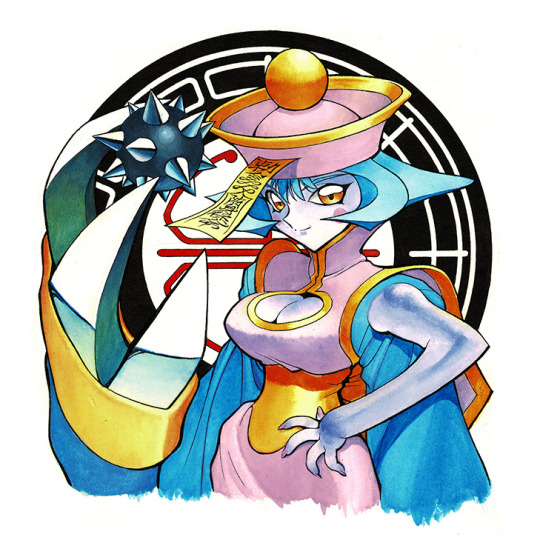
#Kiyoshi Shimizu#Hsien-Ko#シェンコ#art#style#design#character design#character art#video game art#fan art#darkstalkers#vampire savior#vampire hunter#capcom#fighting games#fighting game character#Lei-Lei#レイレイ#蕾蕾#retro gaming#fgc#清水清
73 notes
·
View notes
Text

Day 16

Pulse (Kairo)
Year Released: 2001
Run Time: 1hr 59m
Director: Kurosawa Kiyoshi
Rating: R
Genres: Horror, Mystery, Sci-Fi

Suicide Forest Village (Jukai Mura)
Year Released: 2021
Run Time: 1hr 57m
Director: Shimizu Takashi
Genres: Drama, Horror, Mystery

As the Gods Will (Kamisama no iu tôri)
Year Released: 2014
Run Time: 1hr 57m
Director: Takashi Miike
Rating: TV-MA
Genres: Adventure, Horror, Sci-Fi
#31 days of halloween#halloween#31 days of horror#happy halloween#horror#horror films#horror movies#japanese horror#japanese films#japanese movies#japanese#day 16#pulse#suicide forest village#as the gods will
1 note
·
View note
Text
Patalliro Saiyuki Episodes 16-18: Ruthless Fireworks Red Rays of Lightning Attacks
Written by Koji Ueda
Directed by Akira Shimizu
Animation directed by Kiyoshi Matsushita
Storyboard by Dan Odawara

0 notes
Text

Sumérgete en el emocionante mundo del sumo con ‘Sanctuary’: Drama, acción y pasión en cada lucha
Hoy les queremos platicar sobre "Sanctuary", una serie de drama deportivo que puedes encontrar en Netflix desde el 4 de mayo de 2023. La historia gira en torno a Kiyoshi Oze, interpretado por Wataru Ichinose, un chico enérgico y algo revoltoso que se sumerge en el mundo del sumo en busca de dinero y fama. Adopta el nombre de Enno y se enfrenta a los desafíos del sumo profesional, aunque no muestra mucho interés en el deporte.
En la trama, seguimos a Enno, un novato con muchas deudas y una vida familiar caótica. El maestro de un establo llamado Enshō se da cuenta de su talento y físico, reclutándolo como luchador de sumo. Sin embargo, Enno recibe críticas de los altos cargos del sumo por su personalidad extravagante y su falta de respeto hacia las tradiciones del deporte.
El elenco principal incluye a Wataru Ichinose (Kiyoshi Oze / Enno), Pierre Taki (Enshō-oyakata), Shioli Kutsuna (Asuka Kunishima) y Shōta Sometani (Shimizu). Juntos nos ofrecen una historia emocionante y llena de acción, en la que seguimos la vida de Enno mientras intenta abrirse camino en el mundo del sumo y enfrenta diversos desafíos y presiones.
Continua leyendo >>>
0 notes
Text
Japanese Horror Films of The 1990s and 2000s.


Many describe the era of Japanese Horror Films from the 1990’s and 2000’s as the J-Horror boom. J-Horror is defined as horror fiction, originating from popular culture within Japan. The genre came about starting all the way back in 1600, and was spread through word of mouth with urban legends and countless folktales. Japanese Horror sets itself apart from more traditional Western horror. Kiyoshi Kurosawa, a Japanese film director, defines the genre as taking the subject matter of fear that follows one throughout the entirety of their lives. J-Horror becomes unique by the way it portrays their ghosts and the psychological elements that it comes with. The physiological aspect, sometimes with vengeful spirits that are connected to objects that are used on a daily basis, is how directors attempt to scare audiences in their films. The boom from the 90’s and 2000’s saw these movies make their way to America with limited time releases and bigger budget remakes. For example, The Grudge and The Ring. When thinking of the Japanese Horror genre, for most, the two films that come to mind are Ringu (1998) and Ju-On (2002).
Ringu was a low budget film and was a major reason the genre was modernized and reinvented kaidan storytelling in the 1990’s. What made Ringu so amazing was the way the film infiltrated the imagination of its audience in a particular way that other horror films had not found success in yet. The focal point of the film was an evil spirit Sadako, a spirit based on the Japanese concept of onoyō (vengeful ghosts), representing the battle between Japanese tradition and modernity. This spoke to the people that were fearing modernization of their country due to the recent economic crash that had taken place. Ringu was brought to the United States, but needed an extensive rewrite in order to build a more familiar landscape. Eventually, the film The Ring was made, except with major differences. Instead of focusing on societal concerns like most Japanese movies, The Ring showcases the internal family dynamic, concentrating on the protagonist's attempts to rescue her son. The United States version of the film had about 40x the budget as the Japanese version, granting it more success compared to the original.
Ju-On became a franchise created by Takashi Shimizu when he made two short films, Katsumi and 4444444444 while he was still in film school. He then used these concepts and developed Ju-On: The Curse, the first portion of his franchise. This film was most known for its non-chronological style, which was unique at the time, and its creepy imagery. The sequel, however, Ju-On: The Grudge, became the more famous movie. Keeping with the non-chronological style, Shimizu showed how he had matured and developed as a director, implementing very unsettling scenes into this movie and featuring big name villains Kayako and Toshio. This film also had an American remake of it with a much higher budget. The Grudge (2004) is described as a supernatural horror film with many intersecting subplots.
Sources: https://www.otaquest.com/japanese-horror-90s-00s-your-japanese-film-insight-11/ , thering.fandom.com/wiki/Sadako_Yamamura , wikipedia.org/wiki/The_Grudge , gamerant.com/japanese-horror-movies-uniquely-frightening/
1 note
·
View note
